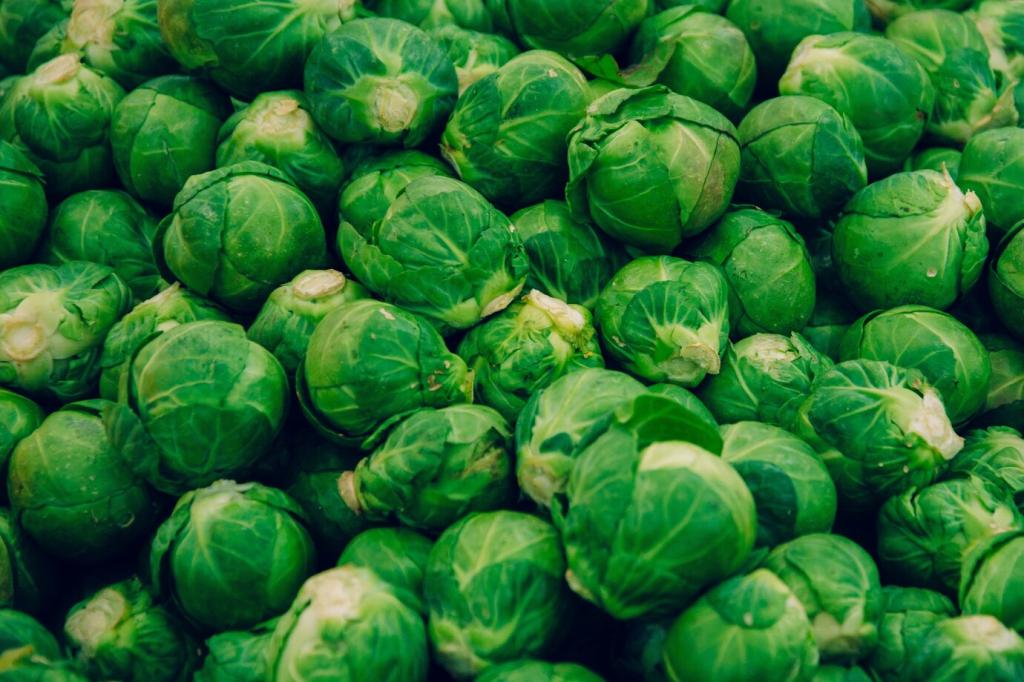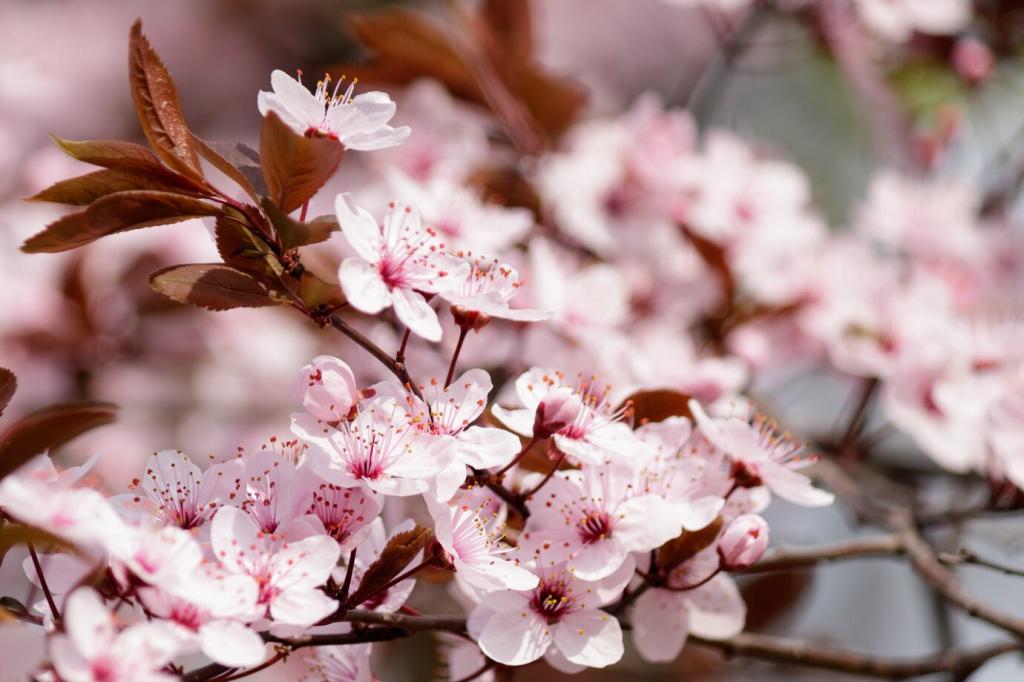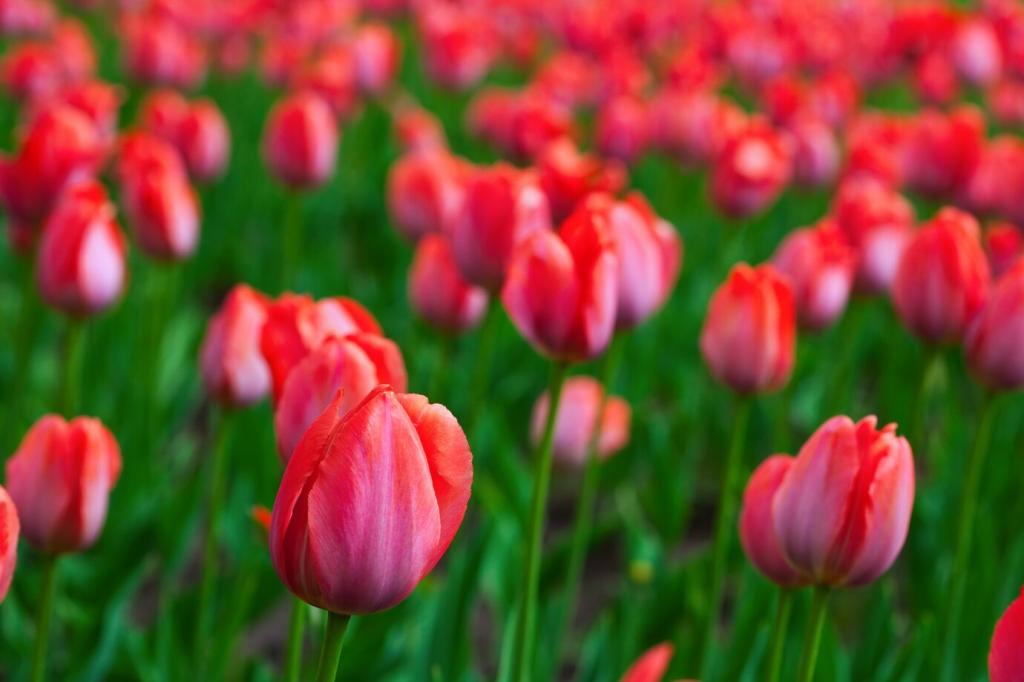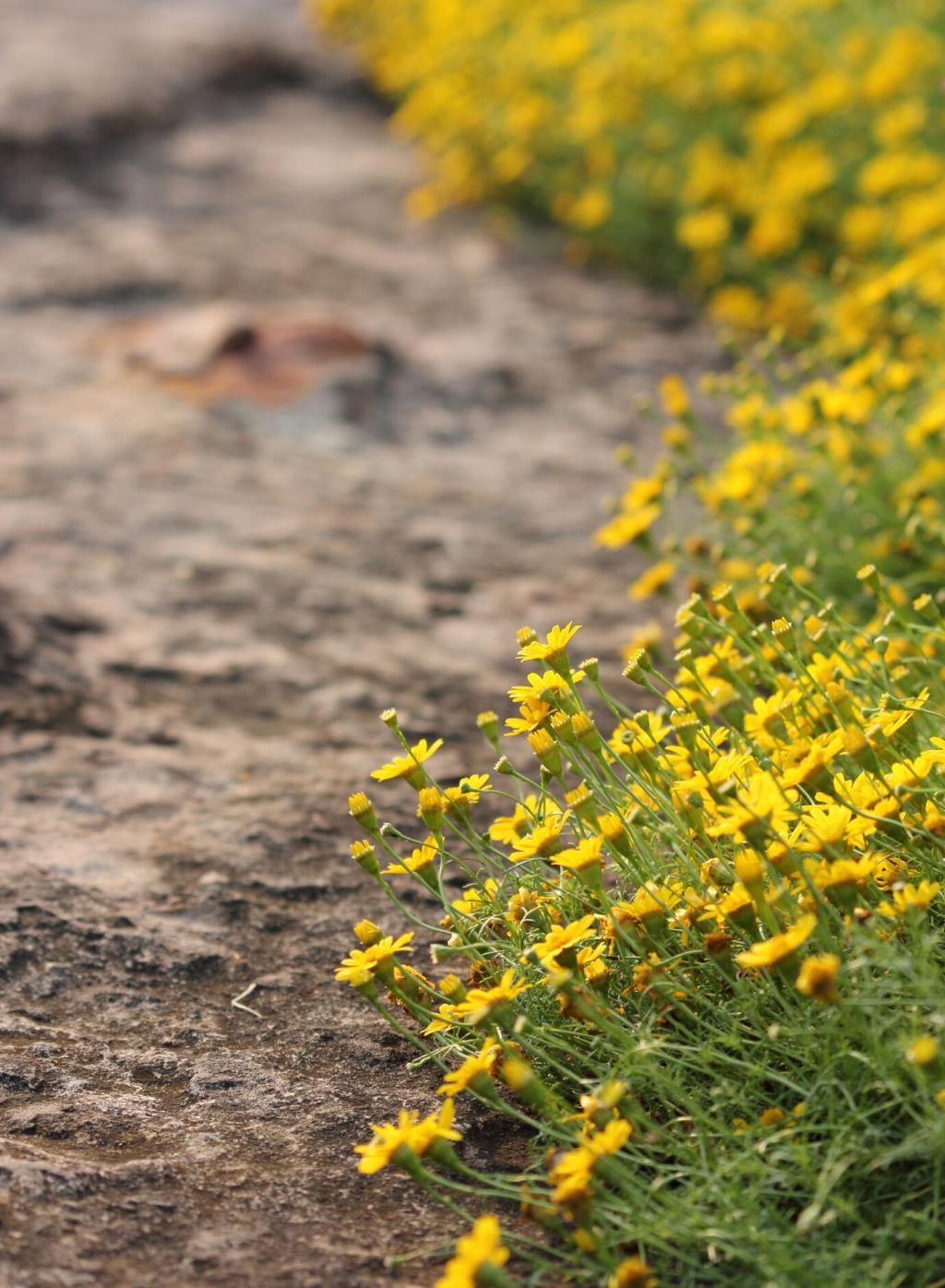Chosen theme: Garden-to-Plate Seasonal Cooking Techniques. Welcome to a flavorful journey where harvest timing, gentle heat, and bright accents turn fresh-picked produce into unforgettable meals. Join our community of curious cooks who celebrate seasonality, simplicity, and spirited kitchen creativity.
The Garden Calendar: Harvesting at Peak Flavor
Color shift, fragrance, and gentle resistance tell the truth of readiness. Harvest leafy greens early, tomatoes warm but not hot, herbs just after dew dries. Share your favorite ripeness cues in the comments and help others trust their senses confidently.
The Garden Calendar: Harvesting at Peak Flavor
Peas squeak when perfect, basil bruises if late, zucchini turns seedy overnight, lettuce bolts suddenly, and tomatoes sing after a warm day. Want a printable window chart and weekly alerts? Subscribe for our seasonal harvest checklist tailored to your climate zone.


Techniques That Honor Freshness
01
Blanch-and-Shock for Verdant Crunch
Salt your water like the sea, blanch beans or broccoli just until vivid, then shock in ice to lock chlorophyll and bite. Finish with a lemony drizzle. Tell us your favorite blanching pairings, and we’ll feature reader combos in next week’s roundup.
02
Pan-Searing Tender Vegetables Without Losing Juiciness
Heat a slick of oil until shimmering, then add dry veggies for a kiss of caramelization. Resist stirring too soon. Finish with herbs off-heat. Comment with your searing wins or woes, and we’ll troubleshoot techniques together in replies.
03
Steam, Then Season: Minimalist Magic
Steaming protects delicate leaves and captures garden sweetness. Dress immediately with flaky salt, olive oil, and crushed garlic. For a silky finish, add herb butter. Subscribe for our downloadable timing guide covering everything from chard stems to baby carrots.
Flavor Building From the Herb Bed
Blend basil or carrot tops with toasted nuts, olive oil, and a squeeze of lemon for a lively pesto. Try parsley-lemon gremolata over seared zucchini. Share your best green sauces, and we’ll compile a community herb playbook for subscribers.

Extending the Season Without Compromising Freshness

Use warm brine with coriander, mustard seed, garlic, and dill for cucumbers, beans, or shaved carrots. Keep vegetables crisp with brief brining and cold storage. Share your spice ratios or regional twists, and we’ll spotlight standout jars next issue.
Root-to-Leaf, Zero-Waste Cooking
01
Shave broccoli stems for slaw, blitz carrot tops into pesto, and roast squash seeds with smoked paprika for crunchy garnish. Tell us your best root-to-leaf successes, and we’ll publish a community-tested zero-waste recipe list.
02
Collect onion skins, herb stems, and corn cobs in a freezer bag. Simmer for aromatic stock that makes simple vegetables taste restaurant-level. Ask for our scrap map, and we’ll send a visual guide to flavor-packed broth building.
03
Compost enriches soil for next season’s flavor, while scallion roots and celery bases happily regrow on a sunny sill. Share a photo of your regrowth experiments, and join our monthly compost Q&A for practical, local advice.
Stories From the Bed to the Board
The Tomato That Waited for Rain
We left a nearly perfect tomato on the vine until after a summer storm, and its flavor deepened astonishingly. Have you timed harvests with weather? Tell us your rain-and-ripeness tale, and inspire neighbors to watch the sky more closely.
The Zucchini Swap Box
One August, the garden overflowed. We set a swap box on the stoop and traded zucchini for eggs, herbs, and honey. What’s your community’s sharing ritual? Comment below and help readers build friendly, low-waste harvest exchanges.
Kids, Curiosity, and a Bowl of Peas
A child who shelled peas for dinner asked for seconds before the pot even simmered. Involvement changes flavor. How do you invite kids into garden cooking? Share tips, and we’ll compile an engagement guide for family subscribers.
Tools, Timing, and Mise en Place
Use clean shears, soft baskets, and shallow trays. Avoid crushing leaves; keep herbs dry and shaded. Post-harvest care is culinary technique. Tell us your must-have tools, and we’ll create a reader-recommended kit for every garden size.

